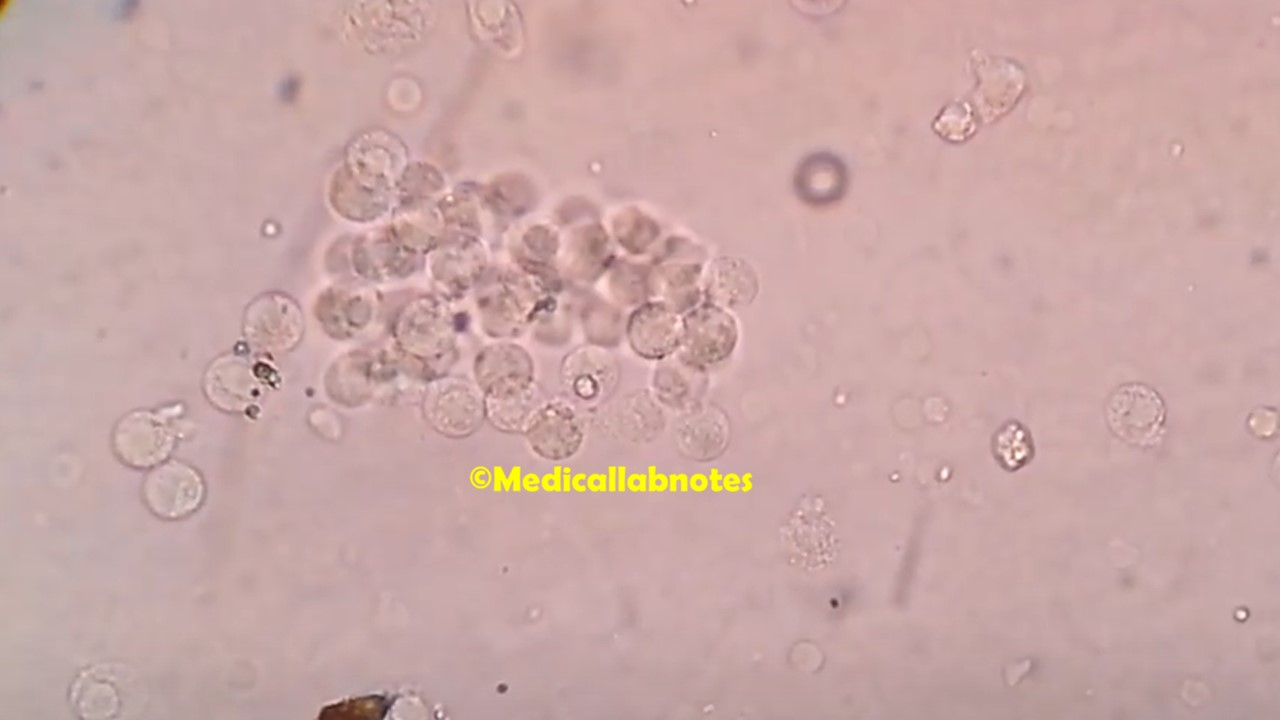Haptoglobin Test-Introduction, Test Result, Unit, Reference Range, Test Methods, Clinical Significance, and Keynotes
Introduction Haptoglobin is an acute-phase protein synthesized primarily in the liver. Its main physiological function is to bind free hemoglobin (Hb) released from erythrocytes, forming a stable haptoglobin-hemoglobin complex. This prevents the loss of iron and potential kidney damage that could result from hemoglobin passing …



